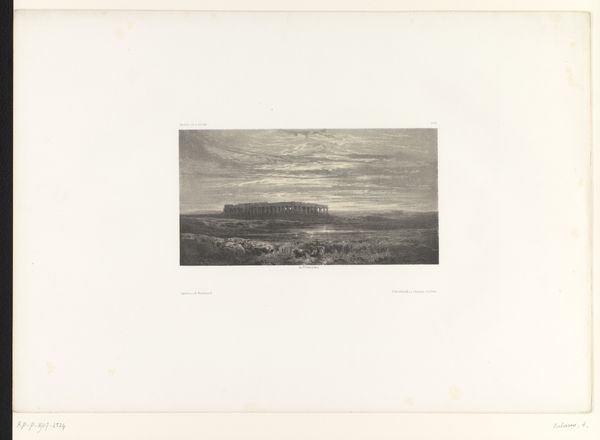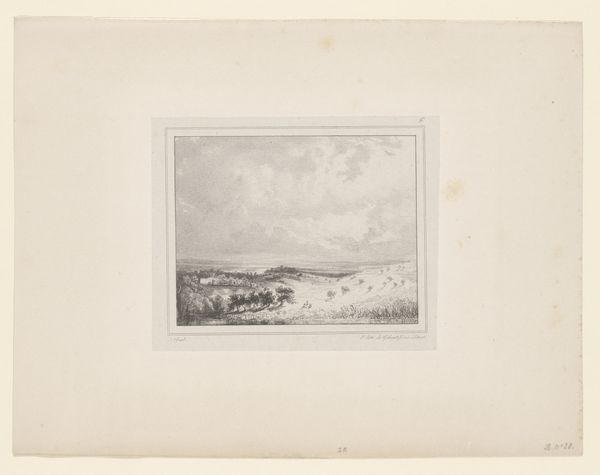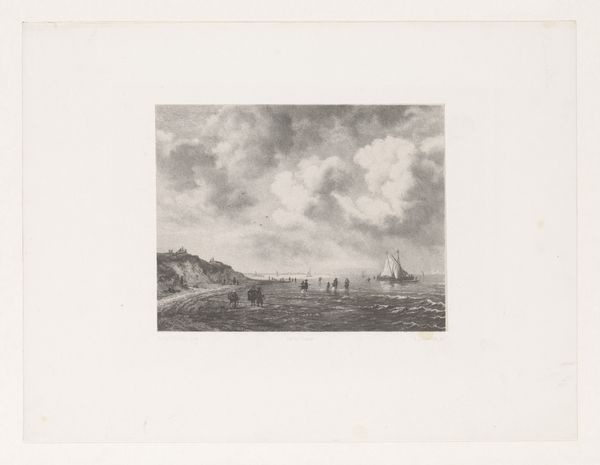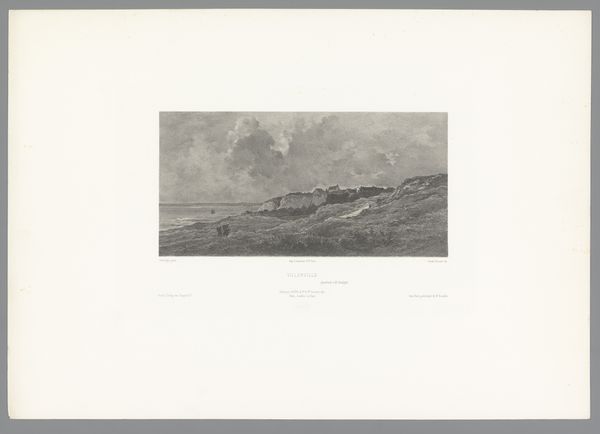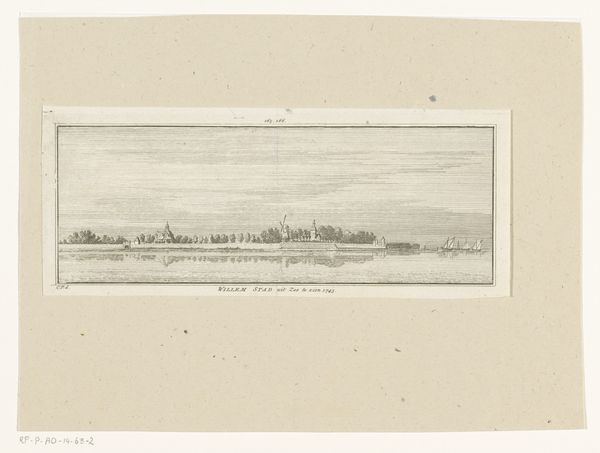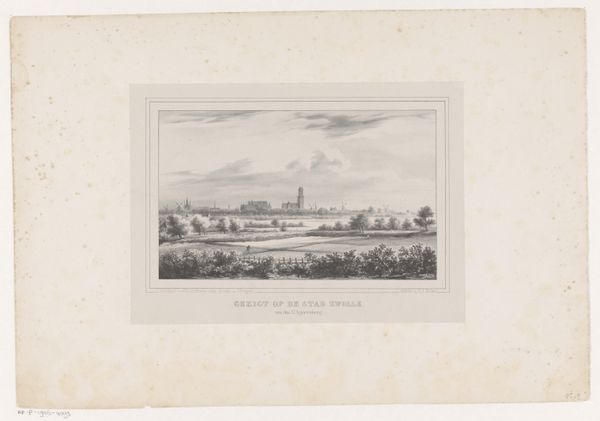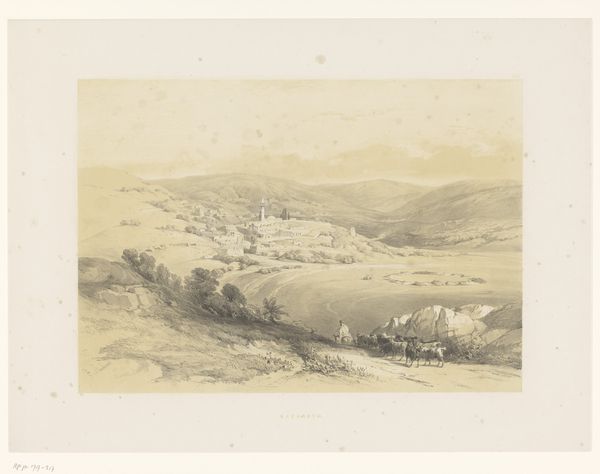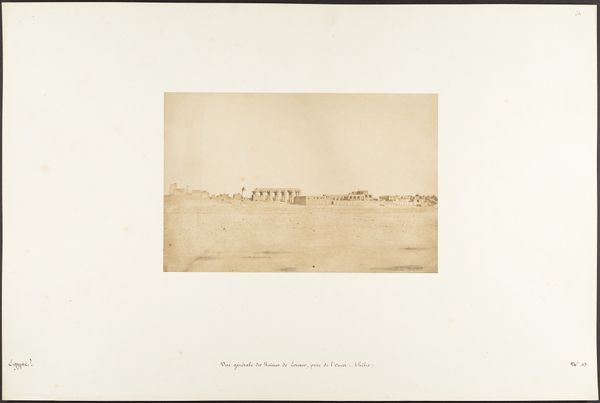
print, etching, engraving, architecture
#
neoclacissism
# print
#
etching
#
old engraving style
#
landscape
#
ancient-mediterranean
#
history-painting
#
academic-art
#
engraving
#
architecture
Dimensions: height 354 mm, width 540 mm
Copyright: Rijks Museum: Open Domain
Curator: This etching, crafted in 1847 by Charles-Claude Bachelier, is titled "View of the Ruins of Three Ancient Temples of Paestum." It depicts the integration of these classical structures within a pastoral scene. Editor: There’s a remarkable sense of stillness here. A peaceful melancholy pervades, contrasting the decaying temples with the grazing cattle. Curator: Precisely. Consider the method: the etching technique allows for intricate details in the architecture while also mass-producing and distributing this image, shaping perceptions of classical sites. The materiality speaks volumes. It’s a delicate image rendered through repetitive work. Editor: Absolutely, and look at how Bachelier frames these architectural relics. He uses the cattle—an element firmly rooted in contemporary life—to highlight the temporal distance between the viewer and the classical world. They represent both continuity and disruption. Curator: Indeed. It's worth reflecting on how neoclassical artists grapple with representing 'ruin'. This speaks to the tension between romanticizing antiquity and the more mundane reality of their degradation over time and use for other means, like, say, animal pasturage. Editor: The temples themselves carry multiple symbolic weights, too. Classical architecture often stands for reason, order, and idealized forms, especially when rendered in this crisp academic style. But here, nature reclaims them. Curator: Let us not overlook that these etchings also played a key role in how architectural knowledge was spread and the visual vocabularies around ancient structures were expanded. Each print became an active agent of dissemination. Editor: It certainly offers a contemplative vision, and it causes you to ponder the staying power of classical symbols alongside the relentless progression of time. Curator: Examining it this way truly opens a door, revealing both the artistic means of its making and the many dimensions of meaning packed into this seemingly quiet scene.
Comments
No comments
Be the first to comment and join the conversation on the ultimate creative platform.
